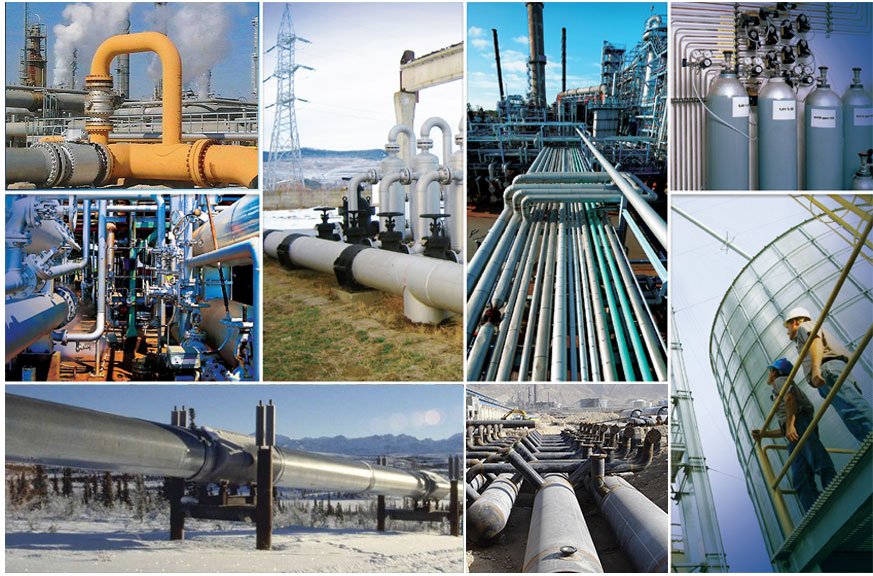Gas Pipeline’s SCADA features
These pipelines usually containing some intermediate valve stations, some Receiver and Launcher stations and also including the first and last terminals. For managing continuous operation of gas pipeline and making stable flow, a telecom and SCADA package should be installed along the pipeline to make it possible continuous control and monitoring of process flow.
Pipelines are monitored and operated using sophisticated SCADA systems. SCADA systems regulate pressure and flow by monitoring and controlling pump operation and the positions of valves. SCADA systems also perform a variety of additional functions including alarm processing, leak detection, hydraulic analysis, pump station monitoring, throughput analysis, and other functions deemed critical to the safe operation of the pipeline.
SCADA systems, regardless of their degree of sophistication, are only as good as the communication system that transmits data and commands throughout the pipeline system. A communication system includes equipment, such as telecommunication towers, and cabling to provide voice and/or data communications to the various facilities along the pipeline as well as to the SCADA system components. Real-time data communications are necessary between the control center, the various pump stations, storage/distribution terminals, delivery facilities, and mainline block valve sites.
Real-time operational data communications can be supported through a combination of the following approaches: telephone company circuits, satellite terminals, microwave, point-to-point radio pairs, and fiber optic cable. Often, pipeline systems employ redundant communication links to ensure that critical data are communicated in the event of a failure in one of the systems. Most applicable communication backbone now used in these projects is fiber optic networks.
SCADA systems at remote control centers provide operators with complete operational information about the pipeline system in one location. Typical information includes:
• Pipeline mimic/displays. The complete pipeline can be mimicked to provide the operator with
instantaneous visual feedback on the status of any portion of the pipeline, including pumps, valves, tanks,
etc. These visual schematics include overviews of the entire pipeline system or systems and drill-down
screens that take the viewer to an individual location or piece of equipment.
